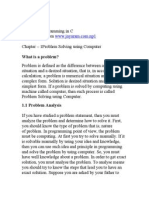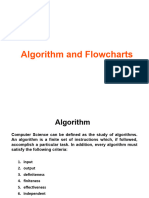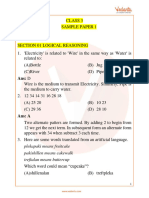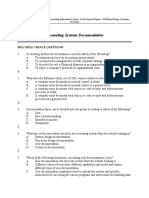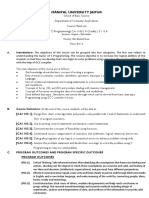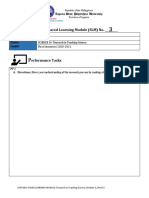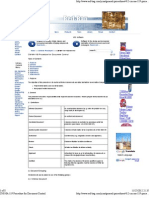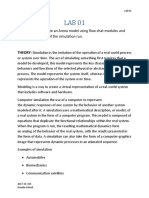0% found this document useful (0 votes)
7 views18 pagesWeek 2 Introduction To Flowcharting and Algorithm
The document provides an introduction to flowcharting and algorithms, defining flowcharts as graphical representations of processes and algorithms as step-by-step procedures for problem-solving. It emphasizes the importance of algorithms in programming and outlines the components and significance of flowcharts, including their use for planning, documentation, and error detection. Additionally, it includes examples of algorithms and their corresponding flowcharts, illustrating how to convert algorithms into visual representations.
Uploaded by
Chowela HallazgoCopyright
© © All Rights Reserved
We take content rights seriously. If you suspect this is your content, claim it here.
Available Formats
Download as PDF, TXT or read online on Scribd
0% found this document useful (0 votes)
7 views18 pagesWeek 2 Introduction To Flowcharting and Algorithm
The document provides an introduction to flowcharting and algorithms, defining flowcharts as graphical representations of processes and algorithms as step-by-step procedures for problem-solving. It emphasizes the importance of algorithms in programming and outlines the components and significance of flowcharts, including their use for planning, documentation, and error detection. Additionally, it includes examples of algorithms and their corresponding flowcharts, illustrating how to convert algorithms into visual representations.
Uploaded by
Chowela HallazgoCopyright
© © All Rights Reserved
We take content rights seriously. If you suspect this is your content, claim it here.
Available Formats
Download as PDF, TXT or read online on Scribd
/ 18




































